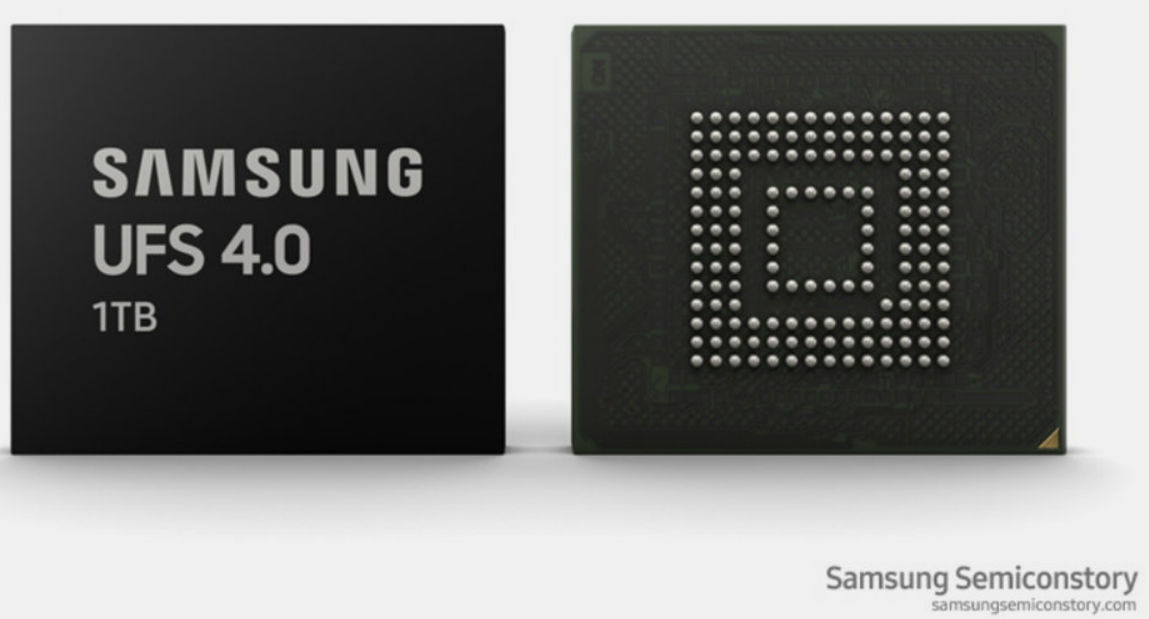Universal Flash Storage 4.0 is a new standard that, like PCIe Gen 5 SSDs, is deprecated. The organization responsible for the standard, JEDEC, has just announced the update as the last revision, giving way to its arrival.
The new standard is meant to improve performance and internal storage capacity of smartphones and other mobile devices such as tablets, cameras, wearables, virtual reality viewers, drones or portable consoles.
A huge field of use for a standard that has put the performance section in the spotlight to come close to what SSDs offer in PCs. To do this, it increased the bandwidth to 23.2 Gbps per lane (double the previous UFS 3.1 standard) to achieve a sequential read speed of up to 6.0 MB/s per mA. This should mean greater energy efficiency and thus greater autonomy of devices that use it.
Universal Flash Storage 4.0: higher performance
The new standard will significantly improve the performance and capacity of the current UFS 3.1 version. The goal will be “provide new experiences” in tasks that require a large amount of data processing, high-resolution images, mobile games, 5G devices, future automotive applications or next-generation AR and VR headsets.
UFS 4 will offer a data transfer speed of up to 4,200 MB/s and 2,800 MB/s in sequential read/write mode. A significant improvement over the 2100/1200 MB/s of the current UFS 3.1. Another significant advantage is that even though it doubles the performance, it consumes 46% less power, which is important considering the mobile devices that will use it.
In addition, UFS 4 has a maximum bandwidth of up to 23.2 Gbps per lane, which is also twice the speed of UFS 3.1, andThanks to bi-directional transfer support, it enables simultaneous read and write operations. This enhancement is beneficial for 5G smartphones, automotive applications, and AR/VR-enabled devices that require large data throughput.
It will also be important improved storage capacity, doubling the current standard to reach the Tbyte barrier, and incidentally keeping the same maximum chip size: 11 x 13 x 1 mm. This would make it unnecessary to use memory cards such as microSD, even if their use goes beyond mass storage.

Samsung announced a few months ago that it will begin mass production of chips based on this standard in the third quarter of 2022, so it is likely that it will introduce them at the top of its next-generation mobile phone lineup. Galaxy S23. Xiaomi, Huawei, Google, Apple, Oppo and other mobile device manufacturers are likely to adopt this storage standard next year.














